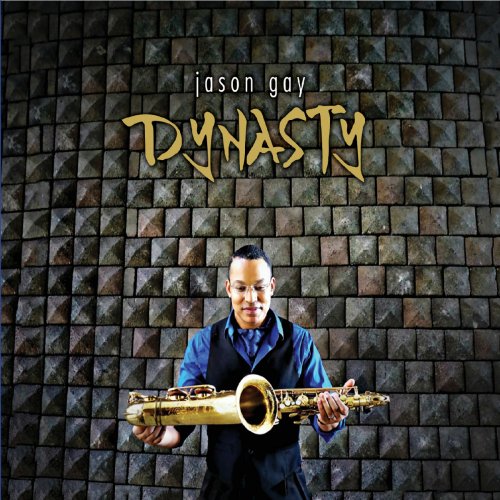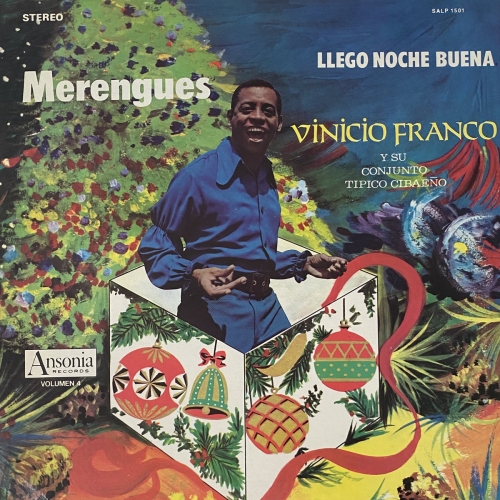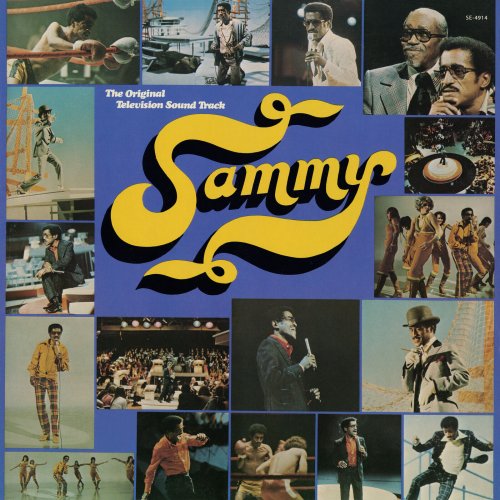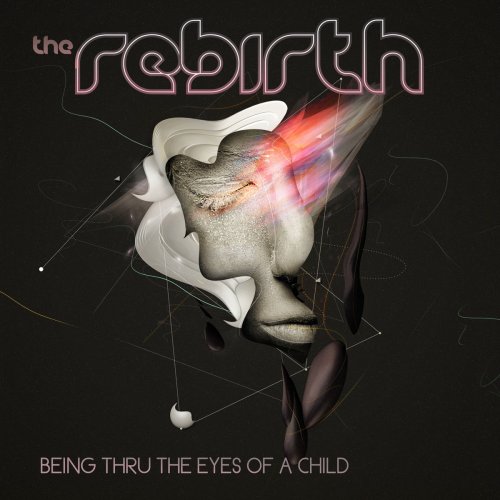Jason Gay - Dynasty (2018)

Artist: Jason Gay
Title: Dynasty
Year Of Release: 2018
Label: Jason Gay
Genre: Jazz, World Fusion
Quality: mp3 320 kbps / flac lossless
Total Time: 01:10:39
Total Size: 162 / 387 mb
WebSite: Album Preview
TracklistTitle: Dynasty
Year Of Release: 2018
Label: Jason Gay
Genre: Jazz, World Fusion
Quality: mp3 320 kbps / flac lossless
Total Time: 01:10:39
Total Size: 162 / 387 mb
WebSite: Album Preview
---------
01. Jasmine Flower
02. The Present and the Past
03. Butterfly Lovers
04. Horserace
05. Moon Reflection in the Er Quan
06. Blooming Flowers and the Full Moon
07. Jackdaws Playing in the Water
08. Tune of Nightingales
09. Twice
10. Ngakso
11. Dynasty
12. Dance of the Yi People
Thirteen years ago, I was formally introduced to the world of Chinese music. One morning, the instructor of my college’s "Intro to World Music" course turned off the lights in our classroom. He instructed us to take several deep breaths, then he put on a piece of music. It was Ani Choying Drolma. The elusive, prayerful, and exotic tones of the Tibetan-Chinese singer struck within me with the force of a revelation. As the melody line embraced additional instrumentation, I felt an adjustment in my musical sensibilities; my heart reached out to the newly revealed aesthetic dimensions that my mind sought to comprehend. The short five minute piece had unfathomably gorgeous textures, timbres, and tonal expressions. When the lights were turned back on, I noticed that my face was flooded with tears. Later, I found out that the origin of what we had listened to was a Buddhist mantra that had been adapted and harmonized by the jazz guitarist, Steve Tibbetts. The piece was called “Ngasko.” That experience marked the beginning of my exploration into the musical art forms of China and Tibet.
As Bill Evans was asked the question, “What is jazz?”, he replied “Jazz isn’t a ‘what,’ its a ‘how’.” Jazz music is in essence an art form that would not exist if not for the combining of cultures. John Coltrane, Sonny Rollins, John McLaughlin, Kenny Garrett, among many others were drawn to a more Eastern approach to music, partly due to its spiritual content and storytelling aspects, as well as its prodigious fluctuations in timbre, pitch, and dynamics. The use of pentatonic scales in Chinese folk music are also similar to the blues scale that’s prevalent in the jazz idiom, which many would argue is indispensable to jazz.
One of my goals for this album is to create, within the jazz idiom, a sound on the saxophone that incorporates several instruments from the Chinese musical tradition such as the Erhu, the Dizi, and the Zither. In his famous article "Asian Concepts and Twentieth Century Composers," the world renowned Chinese-American composer Chou Wen-Chung observes that, "The Asian concept of improvisation, which could doubtless enrich contemporary music, is yet to be fully understood and seriously studied by Western composers." Within Chinese music lies a key to expanding the sonic and timbral potential of the saxophone as well as the improvisational possibilities of jazz music.
When I reflect on my fascination with the Chinese Erhu (a two-stringed bowed instrument) I am reminded of the spell that the violin cast on early jazz musicians such a Johnny Hodges and Coleman Hawkins who actively listened to and transcribed violin pieces. Our interests align as I, too, am seeking a more graceful and elegant sound on the saxophone.
In an interview with Philip Gordon, Wayne Shorter stated that what he finds lacking in jazz is a more thorough use of timbre or alteration in tones. What Chinese folk music may lack in harmonic explorations, it more than makes up for in sonic or timbral nuances.
![divr - Live At Cully Jazz (Live) (2025) [Hi-Res] divr - Live At Cully Jazz (Live) (2025) [Hi-Res]](https://img.israbox.com/img/2025-12/12/xmcmwpwdqm3q0bglwqr3joh4t.jpg)

![Mark Pringle - New Customers (2025) [Hi-Res] Mark Pringle - New Customers (2025) [Hi-Res]](https://www.dibpic.com/uploads/posts/2025-12/1765497171_fb7vtyplm5lta_600.jpg)
![Stille Grender, Eva Bjerga Haugen - Svart senker natten seg (2025) [Hi-Res] Stille Grender, Eva Bjerga Haugen - Svart senker natten seg (2025) [Hi-Res]](https://www.dibpic.com/uploads/posts/2025-12/1765550212_ktbxqyoaitggb_600.jpg)


![Gérald Fried - The Crime Dramas - Cry Baby Killer / Machine-Gun Kelly (Original Scores)(2025) [Hi-Res] Gérald Fried - The Crime Dramas - Cry Baby Killer / Machine-Gun Kelly (Original Scores)(2025) [Hi-Res]](https://img.israbox.com/img/2025-12/09/6at4m83rs656g9uhmr9b6j2a1.jpg)

